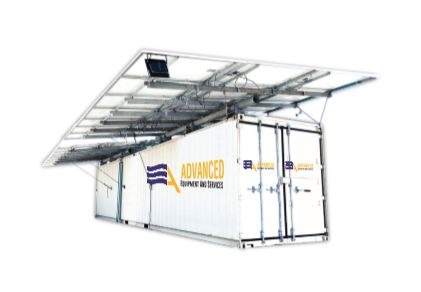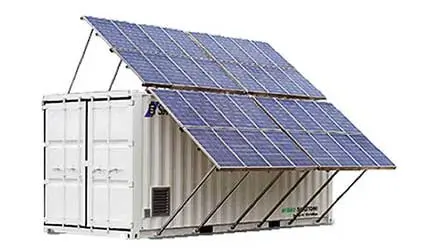California’s ongoing issue with water scarcity continues to push the demand for creative and effective ways of water management. Desalination has become a very important contributor in the area of fresh water supply from seawater, especially in areas affected by drought conditions. However, there are some issues concerning desalination plants in California that require large amounts of energy and involve expensive operation costs. The combination with solar power opens a favorable prospect for solving these problems and contributes to economic and ecological benefits.
The Role of Solar Power in Bringing Down the Cost of Desalination
Most desalination involves intensive energy input through the supply of electricity, among other demands on high-pressure pumps and other basic requirements. Energy utilization in such desalination operations reaches to an average of 3 to 4 kWh of energy to produce a single cubic meter of freshwater.
With this amount of energy consumption, large-scale plants like the Carlsbad Desalination Plant would average about 38 megawatts of daily energy consumption. 38 megawatts is enough to power approximately 25,000 to 38,000 average American homes. The economic production cost thus heightens the operation cost, and contributes to environmental degradation resulting from the dependence on traditional sources, particularly fossil fuel sources.
Solar power, on the other hand, is an alternative that is cleaner. California with its abundant sunlight is the perfect place to tap into solar energy. By integrating solar into desalination operations, plants can significantly reduce costs related to electricity, carbon emissions can be reduced, and it will be a more sustainable option. Solar panels can generate clean energy to power pumps and filtration systems, making desalination more cost-effective in the long term.
ADVANCEES Solar-Ready Desalination Systems
ADVANCEES is pioneering in providing innovative and customizable desalination systems for efficiency and sustainability. Their solar-ready desalination systems are designed for California industries and communities.
- Containerized SWRO Systems: Portable and scalable, these systems are perfect for remote areas, emergency water needs or expanding existing facilities. Can be fully powered by solar for off-grid applications, ideal for California’s coastal and rural areas.
- Commercial SWRO Systems: For medium-sized applications, these systems are high performance and efficient. Solar integration reduces energy dependency and operational costs, good for businesses and municipalities.
- Industrial SWRO Systems: For large scale desalination, these systems can process high volume of water with minimal environmental impact. Solar can be integrated to offset the high energy requirements, making large scale desalination more sustainable.
Current Energy Consumption Challenges in California Desalination Plants
California’s desalination plants consume a lot of energy and increase operational costs and environmental impact. Conventional energy sources like fossil fuel electricity is expensive and contributes to greenhouse gas emissions. The Carlsbad Desalination Plant for example is one of the largest in the US, produces 50 million gallons of fresh water daily but requires a lot of energy.
Solar energy can cut these costs big time. By harnessing California’s sunlight, desalination plants can reduce their dependence on grid electricity, stabilize operational costs and lower their carbon footprint. Solar can cover a big chunk of a plant’s energy needs especially during peak sun hours, reducing fossil fuel dependency and making it more sustainable.
Benefits of Solar Powered Desalination in California
Integrating solar into California’s desalination plants has long term advantages:
- Cost Savings: Solar energy saves energy costs in the long run. Although the initial investment in solar infrastructure is high, the long term savings on energy bills and reduced grid dependency makes it economical.
- Environmental Impact: Solar powered desalination reduces greenhouse gas emissions, in line with California’s climate action goals. Reducing fossil fuel dependency decreases the overall environmental footprint of desalination plants.
- Operational Stability: Solar energy provides power during daylight hours, reduces energy price volatility and grid instability. Ensures a steady supply of clean water even during peak energy demand.
- Water Security: Solar powered desalination is a sustainable water source for California’s growing population and agriculture based economy. With consistent and scalable water production, communities and industries can better weather drought.
A Sustainable Tomorrow with ADVANCEES
California is desalinating more and more but the need to reduce energy costs and environmental impact is more urgent than ever. ADVANCEES has advanced solar-ready desalination machines designed for California’s water needs. By integrating solar with desalination, ADVANCEES systems offer sustainable, cost effective and scalable solutions for industries and communities across the state.





